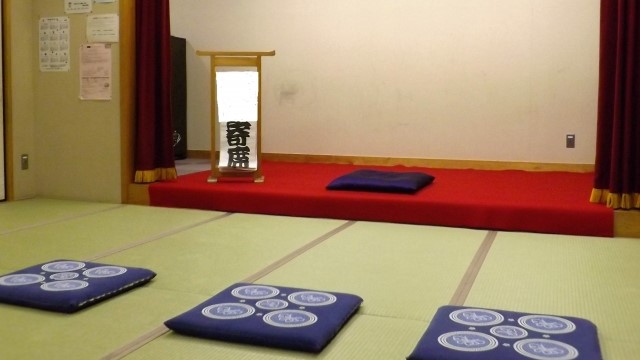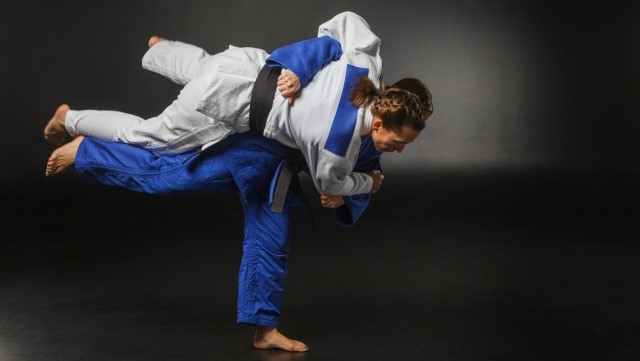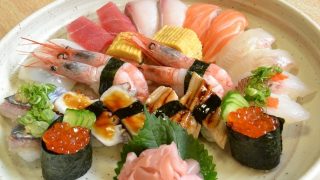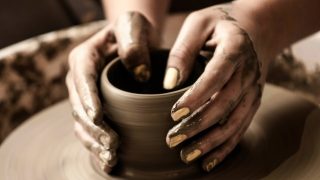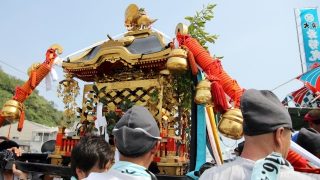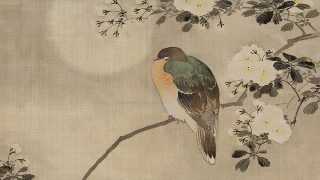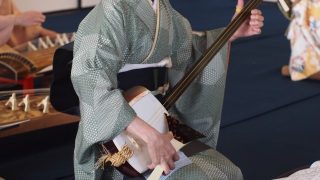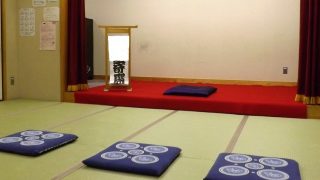About Rakugo (落語)
Rakugo is one of the traditional performing arts in Japan, which is storytelling with an end (a humorous ending). Unlike other traditional performing arts, Rakugo uses only physical and hand gestures to advance the story, and one person plays many roles.
Rakugo is a very simple and familiar entertainment where the world of the story spreads with the skill of the storyteller and the imagination of the listener without using costumes and stage equipment as much as possible.
Some of the Rakugo performances have a human story that tells an impressive story, but the most popular are humorous stories.
The beginning of Rakugo
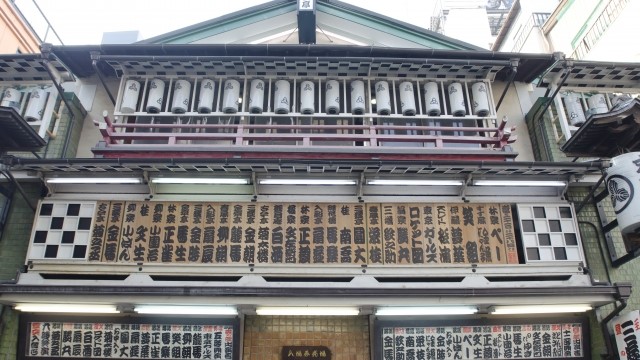
The beginning of Rakugo comes from Otoshi Banashi(story) of Otogi syu (storyteller), who was talking to Daimyo in the Azuchi-Momoyama period.
Rakugo storytellers were active in Kyoto, Osaka, and Edo during the Edo period.
It is said that comedy houses called “Yose” were born in Edo around 1790, and it is also said that thirty years later, the number of comedy houses called Yose increased to 125 houses.
After the Meiji period, under the influence of media such as publishing and TV, Rakugo developed and still represents entertainment in Japan.
The difference between Kamigata Rakugo (上方落語) and Edo Rakugo (江戸落語)
Rakugo are not all the same in Japan; they are called “Kamigata Rakugo” or “Edo Rakugo” depending on the region and have different characteristics.
Kamigata Rakugo is Rakugo that is often performed in places such as Osaka and Kyoto.
Rakugo in Kyoto has declined, so we mainly call Rakugo in Osaka “Kamigata Rakugo.”
Different accents for the words used in Kamigata Rakugo and Edo Rakugo exist.
Edo Rakugo uses standard language, and Kamigata Rakugo uses a Kansai accent.
The significant difference is the tool they use.
Basically, in the world of Rakugo, Rakugo storytellers use Tenugui (towel) and Sensu (folding fan) to express the description with gestures.
In addition, “Kendai” and “Hiza-Kakushi” are used in the Kamigata Rakugo.
And Kamigata Rakugo is said to be more flashy and lively. Sound effects such as Shamisen and Taiko (drums) may enter during Rakugo.
Tools of Rakugo
Rakugo storytellers transform their tools into other and play characters.
Sensu (folding fan)
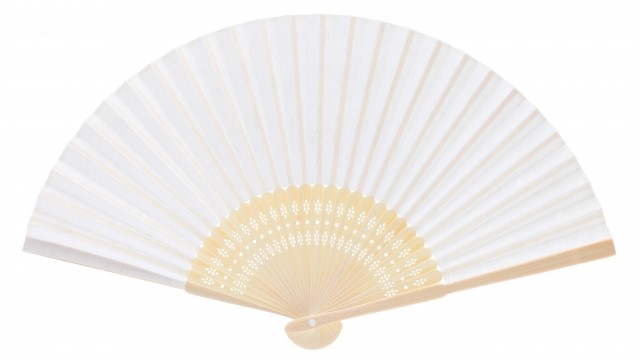
Chopstick
For example, Rakugo storytellers transform the Sensu into chopsticks and perform.
A figure is eating soba with the right hand. And performs as if the storyteller has a bowl on the left hand.
Katana (sword)
When the Rakugo storyteller looks at the hand and shifts his eyes upward, it appears to have a long sword.
Tenugui (towel)
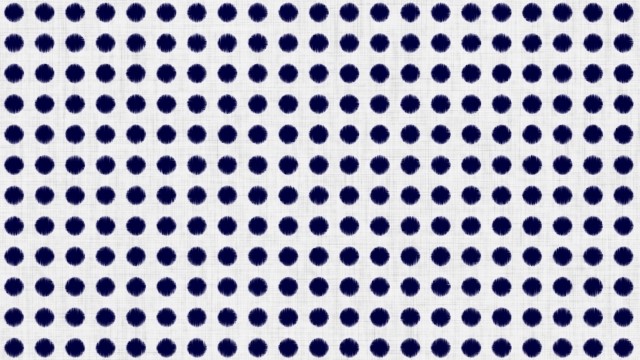
Letter
Put the Tenugui on the left hand, and the Tenugui looks like paper. The storyteller can act like a fan (Sensu) in the right hand as a pen and write it on paper (Tenugui).
Wallet
Remove the folded towel (Tenugui) from the pocket, place it on the lap, and remove the money from the inside.
The position advancement system of Edo Rakugo
Shin-uchi(真打) is the highest position.
It starts from Zenza Minarai(前座見習), then proceeds to Zenza(前座), Futatsume(二ツ目), and Shin-uchi(真打).
During the Zenza Minarai, they go to the professor’s house and work hard to train.
After being allowed to enter the backstage, they finally become Zenza.
After the Zenza for long training, they will become Futatsume.
After that, when they become Shin-uchi, they often get great stage name and qualifies as a main character.


